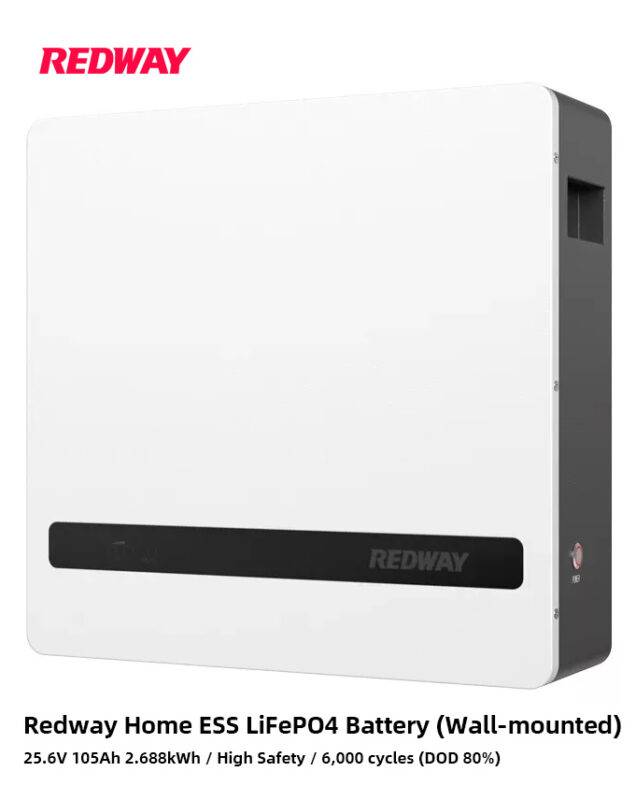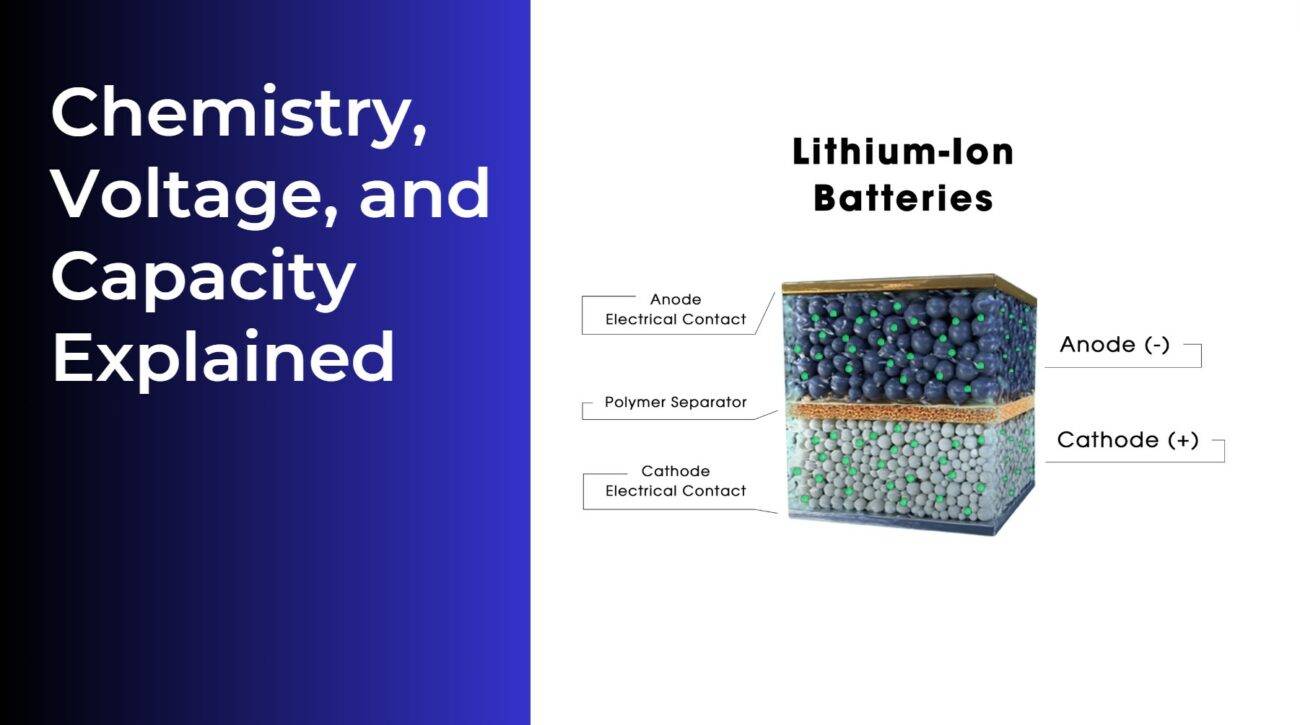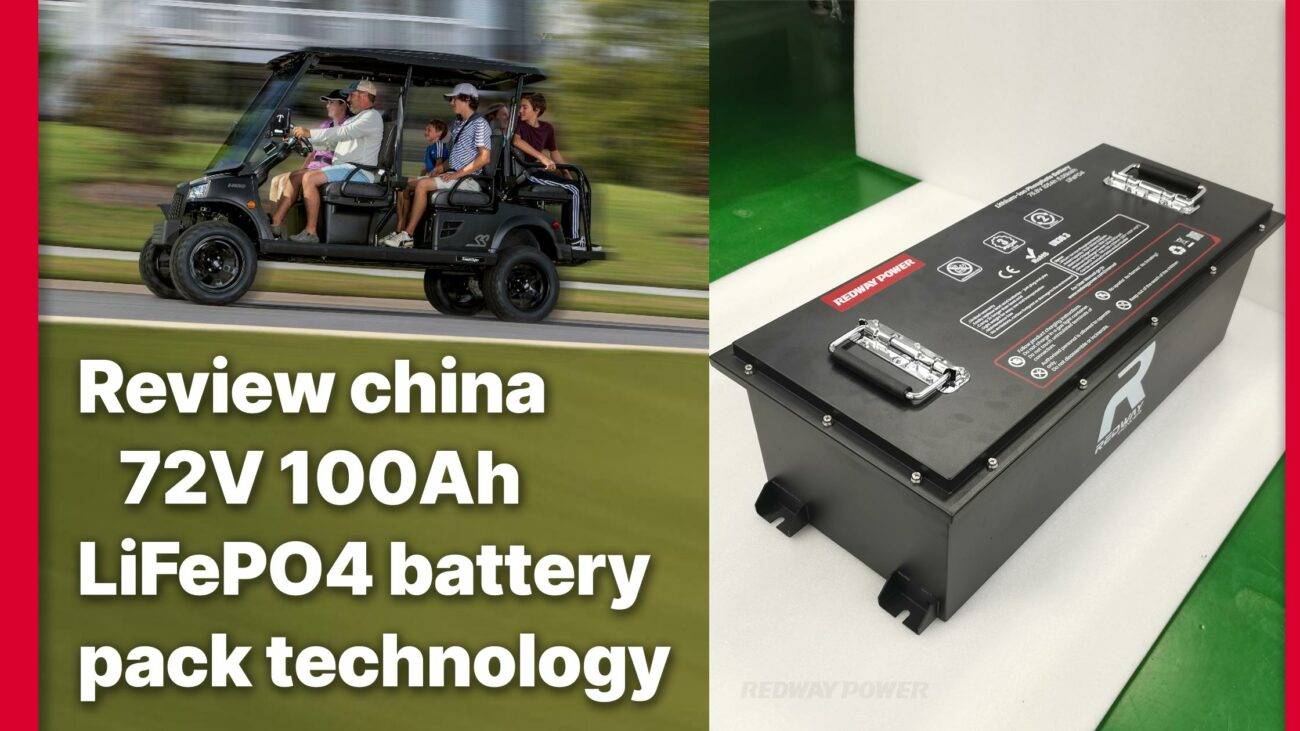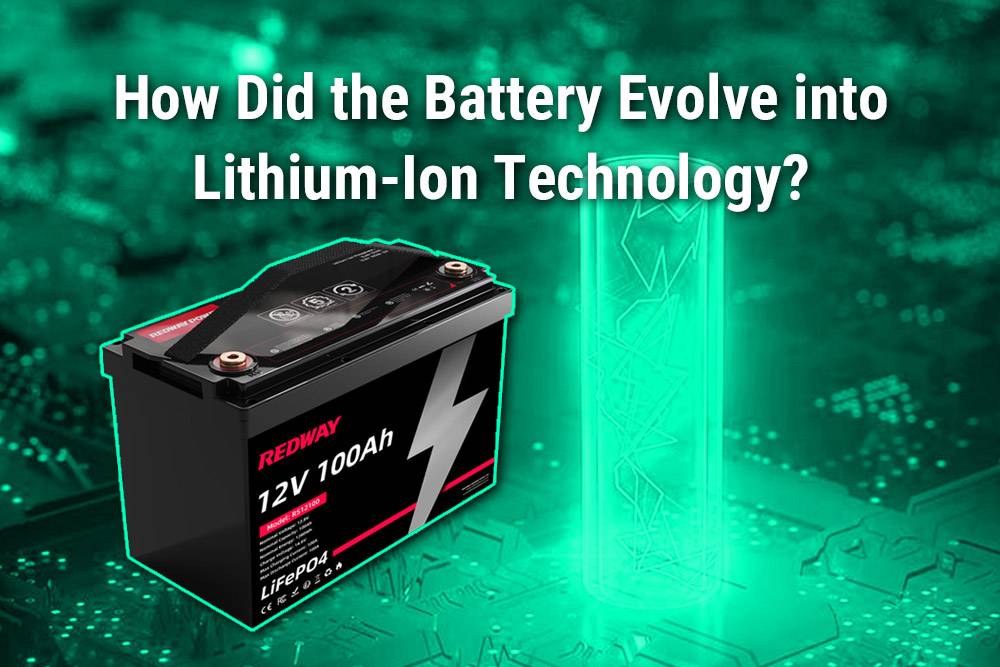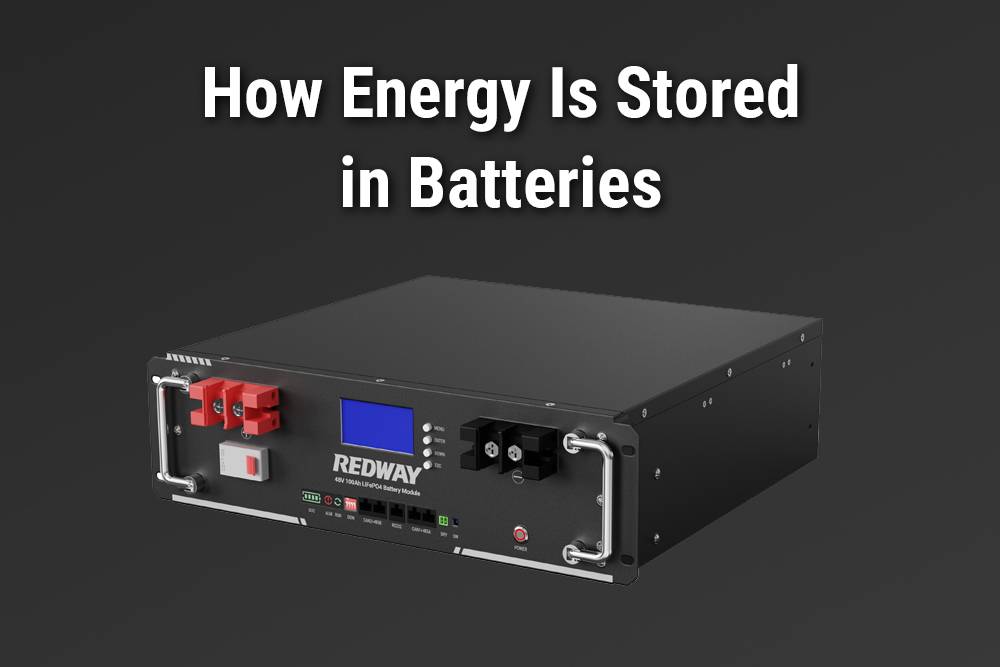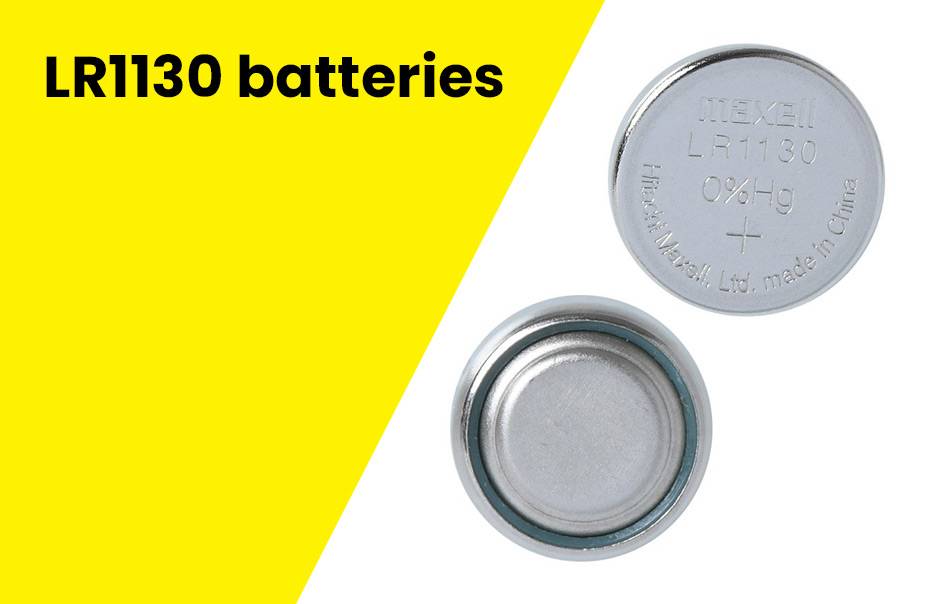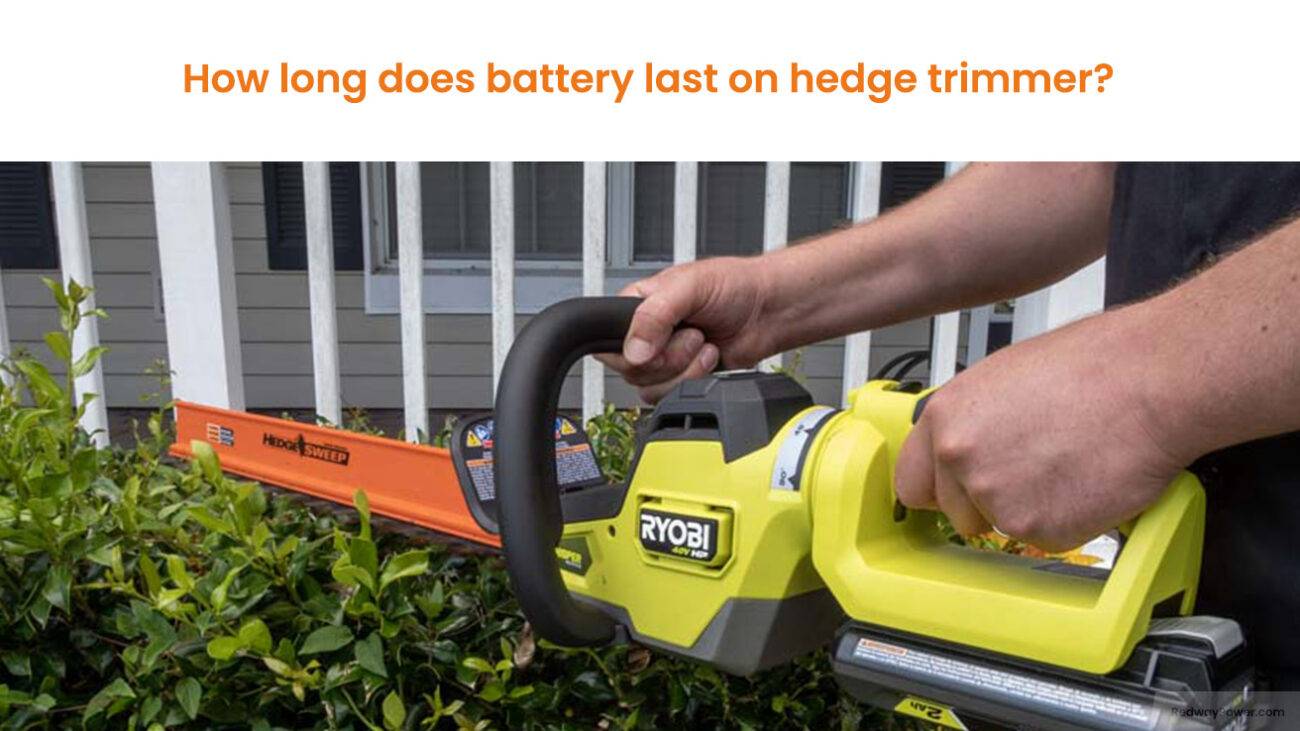- Forklift Lithium Battery
-
48V
- 48V 210Ah
- 48V 300Ah
- 48V 420Ah (949 x 349 x 569 mm)
- 48V 420Ah (950 x 421 x 450 mm)
- 48V 456Ah
- 48V 460Ah (830 x 630 x 590 mm)
- 48V 460Ah (950 x 421 x 450 mm)
- 48V 460Ah (800 x 630 x 600 mm)
- 48V 460Ah (820 x 660 x 470 mm)
- 48V 500Ah
- 48V 560Ah (810 x 630 x 600 mm)
- 48V 560Ah (950 x 592 x 450 mm)
- 48V 600Ah
- 48V 630Ah
-
48V
- Lithium Golf Cart Battery
- 12V Lithium Battery
12V 150Ah Lithium RV Battery
Bluetooth App | BCI Group 31
LiFePO4 Lithium
Discharge Temperature -20°C ~ 65°C
Fast Charger 14.6V 50A
Solar MPPT Charging - 24V Lithium Battery
- 36V Lithium Battery
- 48V Lithium Battery
-
48V LiFePO4 Battery
- 48V 50Ah
- 48V 50Ah (for Golf Carts)
- 48V 60Ah (8D)
- 48V 100Ah (8D)
- 48V 100Ah
- 48V 100Ah (Discharge 100A for Golf Carts)
- 48V 100Ah (Discharge 150A for Golf Carts)
- 48V 100Ah (Discharge 200A for Golf Carts)
- 48V 150Ah (for Golf Carts)
- 48V 160Ah (Discharge 100A for Golf Carts)
- 48V 160Ah (Discharge 160A for Golf Carts)
-
48V LiFePO4 Battery
- 60V Lithium Battery
-
60V LiFePO4 Battery
- 60V 20Ah
- 60V 30Ah
- 60V 50Ah
- 60V 50Ah (Small Size / Side Terminal)
- 60V 100Ah (for Electric Motocycle, Electric Scooter, LSV, AGV)
- 60V 100Ah (for Forklift, AGV, Electric Scooter, Sweeper)
- 60V 150Ah (E-Motocycle / E-Scooter / E-Tricycle / Tour LSV)
- 60V 200Ah (for Forklift, AGV, Electric Scooter, Sweeper)
-
60V LiFePO4 Battery
- 72V~96V Lithium Battery
- Rack-mounted Lithium Battery
- E-Bike Battery
- All-in-One Home-ESS
- Wall-mount Battery ESS
-
Home-ESS Lithium Battery PowerWall
- 24V 100Ah 2.4kWh PW24100-S PowerWall
- 48V 50Ah 2.4kWh PW4850-S PowerWall
- 48V 50Ah 2.56kWh PW5150-S PowerWall
- 48V 100Ah 5.12kWh PW51100-F PowerWall (IP65)
- 48V 100Ah 5.12kWh PW51100-S PowerWall
- 48V 100Ah 5.12kWh PW51100-H PowerWall
- 48V 200Ah 10kWh PW51200-H PowerWall
- 48V 300Ah 15kWh PW51300-H PowerWall
PowerWall 51.2V 100Ah LiFePO4 Lithium Battery
Highly popular in Asia and Eastern Europe.
CE Certification | Home-ESS -
Home-ESS Lithium Battery PowerWall
- Portable Power Stations
What Is a Home ESS 24V 105Ah LiFePO4 Battery?
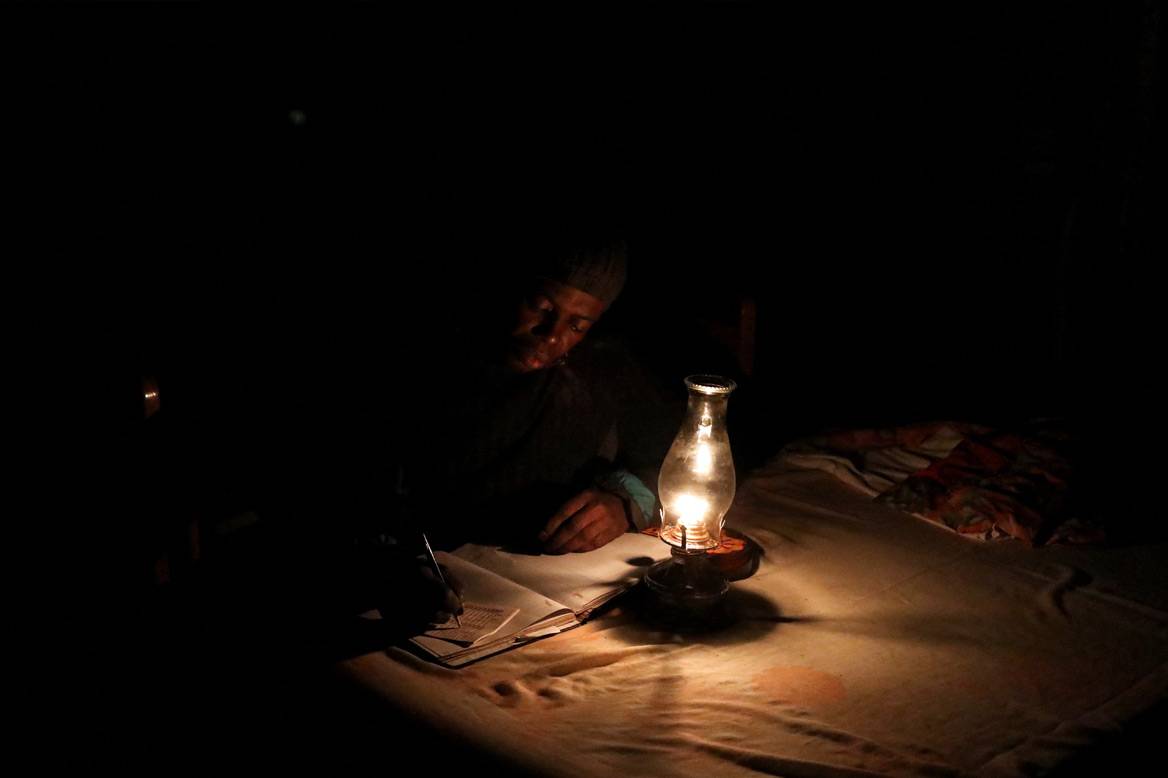
A Home ESS 24V 105Ah LiFePO4 battery is an advanced energy storage solution designed for residential use, providing reliable power for various applications. With a capacity of 2.7kWh, this lithium iron phosphate battery offers enhanced safety, longevity, and efficiency compared to traditional lead-acid batteries. Understanding its features and benefits can help users make informed decisions.
What Is a Home ESS 24V 105Ah LiFePO4 Battery?
The Home ESS (Energy Storage System) 24V 105Ah LiFePO4 battery is specifically designed for energy storage applications in homes. It utilizes lithium iron phosphate (LiFePO4) technology, which is known for its safety, thermal stability, and long cycle life. This battery can store significant amounts of energy, making it ideal for solar power systems, backup power supplies, and off-grid applications.Chart: Overview of Home ESS 24V 105Ah LiFePO4 Battery
| Specification | Value |
|---|---|
| Voltage | 24V |
| Capacity | 105Ah |
| Energy Storage | 2.7kWh |
| Chemistry | Lithium Iron Phosphate |
| Cycle Life | Up to 6000 cycles |
What Are the Key Features and Specifications of This Battery?
Key features of the Home ESS 24V 105Ah LiFePO4 battery include:
- High Energy Density: Offers more energy storage in a smaller footprint compared to traditional batteries.
- Long Cycle Life: Capable of enduring up to 6000 charge/discharge cycles, significantly extending its usable life.
- Safety: Less prone to overheating and thermal runaway compared to other lithium technologies.
- Efficiency: High charge/discharge efficiency ensures minimal energy loss during operation.
These features make the battery an excellent choice for various energy storage needs.
How Does a LiFePO4 Battery Compare to Other Battery Types?
When comparing LiFePO4 batteries to other types such as lead-acid or lithium-ion:
- Safety: LiFePO4 batteries are more stable and less likely to catch fire or explode.
- Cycle Life: They generally provide more cycles than lead-acid batteries, which typically last around 500 cycles.
- Weight: While heavier than some lithium-ion variants, they are lighter than lead-acid options.
- Cost: Initial costs may be higher, but their longevity often makes them more cost-effective over time.
Chart: Comparison of Battery Types
| Feature | Lead-Acid | Lithium-Ion | LiFePO4 |
|---|---|---|---|
| Cycle Life | ~500 cycles | ~1000 cycles | Up to ~6000 cycles |
| Safety | Moderate | High | Very High |
| Weight | Heavier | Lighter | Moderate |
| Cost | Lower initial cost | Higher initial cost | Higher initial cost |
What Are the Applications and Benefits of Using a 24V LiFePO4 Battery?
The applications for a 24V LiFePO4 battery are diverse:
- Solar Energy Systems: Ideal for storing energy generated from solar panels.
- Backup Power Supply: Provides reliable power during outages or emergencies.
- Off-Grid Living: Supports energy needs in remote locations without grid access.
- Electric Vehicles: Used in electric bikes or scooters due to their lightweight design.
The benefits include:
- Reliability: Consistent power output ensures that devices operate smoothly.
- Efficiency: High efficiency reduces energy waste during charging and discharging.
- Longevity: Extended lifespan reduces the frequency of replacements.
How Do You Maintain a LiFePO4 Battery for Optimal Performance?
To maintain your LiFePO4 battery, consider these practices:
- Regular Charging: Keep the battery charged above 20% capacity to prevent damage.
- Temperature Monitoring: Store and operate within recommended temperature ranges (typically between -20°C and +60°C).
- Periodic Checks: Inspect connections and terminals regularly to ensure optimal performance.
By following these maintenance tips, users can maximize the lifespan and efficiency of their batteries.
Tips for Battery Wholesale Buyers
When purchasing batteries wholesale or making OEM orders, it’s crucial to choose a reliable manufacturer like Redway Power, which has over thirteen years of experience in lithium battery manufacturing. They offer various lithium-ion products that serve as excellent alternatives to lead-acid batteries. To make OEM orders effectively:
- Research potential suppliers thoroughly.
- Request samples to evaluate quality.
- Discuss customization options based on your needs.
- Ensure clear communication regarding specifications and delivery timelines.
Redway Power Expert Views
“Investing in a high-quality LiFePO4 battery like the Home ESS model can significantly enhance your energy storage capabilities,” states an expert from Redway Power. “Understanding its features allows users to harness its full potential effectively.”
FAQ Section
- What is a Home ESS 24V 105Ah LiFePO4 battery?
It is an energy storage solution designed for residential use, providing reliable power with high safety and longevity. - What are the key features of this battery?
Key features include high energy density, long cycle life (up to 6000 cycles), safety, and efficiency. - How does it compare to lead-acid batteries?
It offers significantly longer cycle life, better safety, and higher efficiency but comes at a higher initial cost. - What applications are suitable for this type of battery?
Suitable applications include solar energy systems, backup power supplies, off-grid living, and electric vehicles.














